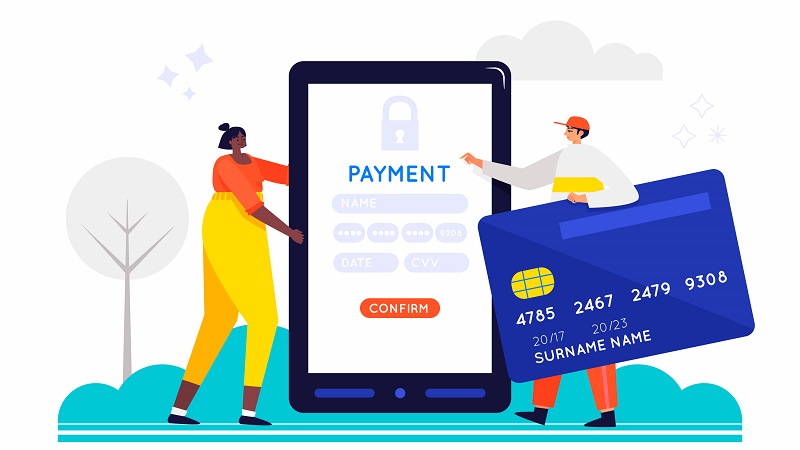
Table of Contents
What is the purpose of a markup language?
Before we start off, let’s take a look into what markup language is. A markup language is a language that is used to describe the structure of a document. It contains tags that HTML developers can use to identify the different elements of a document. These tags are written in human-readable text and are not dependent on any specific programming language.
The purpose of markup languages is to define what your document looks like, how it should be structured, and how it should be formatted for display on the web. HTML is one of the oldest and main markup languages because it is tag-based, and the content is placed between a beginning and an end tag.
Markup languages are used by front-end developers who write code for websites or applications and by web designers who create designs for websites or apps.
Meaning of markup language in HTML
HTML stands for Hyper Text Markup Language. HTML is a markup language that is used to create web pages and web applications. It is the most common technology used on the internet and is also the most widely used markup language in use today.
HTML tags are webpage elements that are created by adding attributes to specific tags. These tags include headings, paragraphs, lists, images, links, etc. When you open up a website in your browser, you will see that it comprises sections like header, footer, body, and sidebar. Each section has its own unique HTML tags to define its content. HTML tags are behind the scenes of the static pages of websites; that’s why we call HTML a markup language.
Why is HTML not a programming language?
It is a common misconception that HTML is a programming language. However, this is not true. HTML is not a programming language because it doesn’t have any of the features that programmers need to create software and doesn’t provide you with the environment to write code. HTML tags are used to create text, images, and other content in web documents. This makes HTML and other markup languages different from programming languages like Python or Java, which are used to create programs that run on computers.

Pros and cons of using HTML
When you want to use HTML, it’s good to know both advantages and disadvantages of this functional markup language. This way, you can optimize using this in your work, whether it’s a web design job or a freelance front-end development job.
There are three advantages of using HTML:
- It allows you to create a website without having to learn programming languages like PHP, CSS, and JavaScript.
- There is a large number of resources available online which can help you build a website without any coding skills.
- It can be translated into multiple languages, which can help users from different parts of the world easily access your website.
There are three disadvantages of using HTML:
- It is limited in terms of customization and design options.
- It is not easy to perform user-friendly interactions because it uses a text-based interface.
- There are no visually appealing elements in HTML.
Is HTML good for beginners?
HTML is an easy-to-learn markup language that is used for web design. It’s a piece of fundamental knowledge for every web designer and a good starting point for beginners in the industry. You can learn HTML by taking online courses or attending classes in institutes. Nowadays, many beginners prefer to explore things they want to learn online. To give you an idea, you can take a 6-hour verified HTML course for beginners here on Udemy and practice it more and more or even take mini projects or apply for an intern job to get more professional in the field.

Last words
Although the world of web development is constantly changing, HTML language is a classic that all programmers and web designers fancy! In this blog, we have discussed what HTML is and why it is called markup language. We also discussed the pros and cons and if it’s a good option for beginners.
To conclude, we hope you enjoyed this post and found it insightful. If you have any questions or feedback, please write them below in the comments section.
To HTML and its awesome users! 💌











I’m often to blogging and i really appreciate your content. The article has actually peaks my interest. I’m going to bookmark your web site and maintain checking for brand spanking new information.